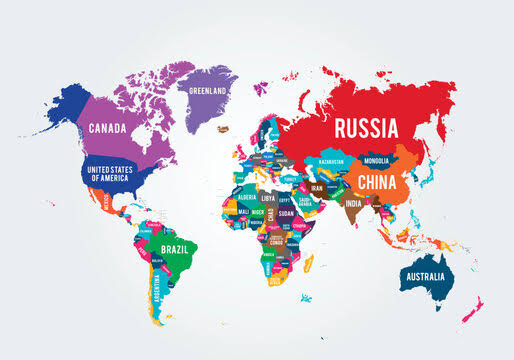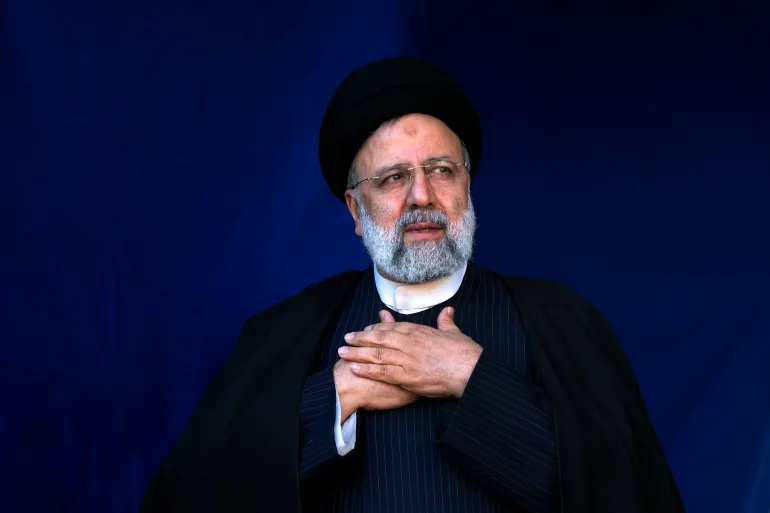Myanmar, Nepal… Top 10 countries with the highest number of public holidays in the world

With over 190 countries gracing the global map, it’s no surprise that each nation boasts its own traditions, customs, and public holidays. These festivities not only reflect cultural heritage but also serve as markers of historical significance and communal identity.
Yet, amidst this rich diversity, there exists a notable contrast in the frequency and fervor with which countries observe their public holidays.In the mosaic of global celebrations, some nations revel in a plethora of public holidays, while others tread lightly with only a handful.
These distinctions offer a fascinating glimpse into the socio-cultural fabric and governmental ethos of each country. Public holidays, ranging from religious observances to national pride commemorations, punctuate the calendar with moments of reflection, festivity, and unity. Each holiday holds a unique narrative, symbolizing pivotal moments in a nation’s history or honoring revered figures and traditions.
Myanmar
Myanmar, once called Burma, stands as the Republic of the Union of Myanmar in Southeast Asia, boasting the largest expanse in Mainland Southeast Asia and a populace of approximately 54 million by 2017.
With a tally of 32 public holidays, some stretching from 5 to 8 days, Myanmar’s rich cultural diversity earns it the foremost position on this index.
These holidays encompass religious observances like the Start of Buddhist Lent (date varies), Christmas (December 25th), Eid-ul-Adha (date varies), and Diwali (date varies), alongside commemorations of historical significance such as Independence Day (January 4th) and Resistance Day (March 27th).
Nepal
Nestled amidst the grandeur of the Himalayan mountain ranges, Nepal stands as a landlocked nation in Asia, bordered by India to the east, south, and west, and the Tibet Autonomous Region of China to the north.
Spanning approximately 500 miles from east to west and 90 to 150 miles from north to south, its heart beats in the vibrant capital city of Kathmandu. With a tally of 30 public holidays, Nepal ranks second in this regard.
Its calendar is peppered with religious and non-religious celebrations, mirroring the rich tapestry of its diverse culture. Moreover, the standard workweek in Nepal comprises six days, adding structure to the rhythm of life in this enchanting country.
Iran
Iran, formally known as the Islamic Republic of Iran and historically referred to as Persia, stands as a prominent nation in Western Asia.
Spanning an impressive area of 1,648,195 square kilometers (636,372 square miles), it ranks as the fourth-largest country in Asia and second-largest in Western Asia after Saudi Arabia.
With a population of 85 million, Iran holds the status of the 17th-most populous country globally and the second-largest in the Middle East.
Iran boasts a multifaceted public holiday system, characterized by the addition of numerous ‘unofficial’ public holidays each year, resulting in an annual count exceeding 26.
Predominantly rooted in significant Islamic calendar dates and events, Iran’s public holidays vary due to the utilization of both the solar and lunar Hijri calendars, rendering few fixed dates for these celebrations.
Sri Lanka
Once called Ceylon, Sri Lanka, officially known as the Democratic Socialist Republic of Sri Lanka, is an island nation nestled in South Asia.
Situated in the Indian Ocean, it rests southwest of the Bay of Bengal and southeast of the Arabian Sea. The country is set apart from the Indian subcontinent by the Gulf of Mannar and the Palk Strait.
Read also:
- Israel, Monaco… top 10 countries with most expensive fuel price
- Spain, Portugal… List of countries qualified for Euro 2024
- Niger, Chad… top 10 African countries with lowest unemployment rate
- South Africa, Sudan… see 10 African countries with highest unemployment rate
Sri Lanka observes a total of 25 public holidays, showcasing its rich tapestry of religious festivities and unique national celebrations intertwined throughout the year.
Malaysia
Malaysia ranks fifth globally for the highest number of public holidays, boasting between 23 to 25 days annually.
Situated in Southeast Asia, Malaysia encompasses the Malay Peninsula and Borneo, renowned for its stunning beaches, lush rainforests, and rich blend of Malay, Chinese, Indian, and European heritage.
The country’s public holidays, predominantly secular, mirror its diverse religious and cultural tapestry.
Bangladesh
Bangladesh, officially known as the People’s Republic of Bangladesh, resides in South Asia. With over 165 million inhabitants packed into an area of 148,460 square kilometers (57,320 sq. mi), it ranks as the eighth-most populous nation globally.
Bound by land with India to the west, north, and east, and Myanmar to the southeast, it boasts a southern coastline along the Bay of Bengal. The country embraces a rich tapestry of cultural observances, marked by up to 22 public holidays.
These holidays honor diverse religious festivals, including four for Islamic, two for Hindu, and one each for Buddhist and Christian celebrations. Notable national holidays include Language Martyr’s Day on February 21st and National Mourning Day on August 15th.
Egypt
Egypt, officially known as the Arab Republic of Egypt, stretches across the northeast corner of Africa and the southwest corner of Asia, connected by the Sinai Peninsula.
The holiday calendar in Egypt comprises 22 public holidays, characterized by a blend of religious and non-secular observances. These holidays are marked according to both the fixed Gregorian calendar and the fluctuating dates of the Islamic lunar calendar.
A notable inclusion in Egypt’s public holidays is Revolution Day, celebrated on the 25th of January. This addition followed the public upheavals of 2011.
Cambodia
Nestled in Southeast Asia, Cambodia boasts diverse landscapes, from expansive plains to the picturesque Mekong Delta and majestic mountains, all bordered by the Gulf of Thailand coastline.
Its vibrant capital, Phnom Penh, showcases architectural wonders like the art deco Central Market, the opulent Royal Palace, and the enlightening National Museum, housing rich historical and archaeological treasures.
With a generous count of 21 public holidays, Cambodia’s calendar is punctuated by Buddhist traditions, often following the Khmer lunar calendar alongside the solar year.
Consequently, the dates of these national holidays fluctuate annually, reflecting the dynamic cultural tapestry of the country.
India
India, formally known as the Republic of India, resides in South Asia, ranking as the seventh-largest country globally by landmass and the second-most populous, boasting the title of the most populous democracy globally.
Its expansive history has birthed a plethora of public holidays, totaling 21 in number. These holidays encompass a spectrum of religious festivals, including Islam, Hinduism, Sikhism, Jainism, Buddhism, and Christianity.
However, among the numerous celebrations, only three stand as national holidays: Republic Day on January 26th, Independence Day on August 15th, and Gandhi Jayanti, commemorating Gandhi’s birth, observed on October 2nd.
Liechtenstein
Nestled between Austria and Switzerland, Liechtenstein, a picturesque principality spanning 25 kilometers, enchants visitors with its German-speaking populace, medieval fortresses, and captivating alpine vistas.
Its network of trails connects quaint villages, while the cultural and financial hub of Vaduz boasts the renowned Kunstmuseum Liechtenstein, showcasing a diverse array of modern and contemporary art.
This European gem observes a plethora of public holidays, typically falling within the 20th to 22nd range. Many of these holidays revolve around Christian traditions, including Easter and Christmas. Additionally, Liechtenstein honors lesser-known festivities such as Whit Monday in June and Mary’s Birth in September.
However, two holidays, Shrove Tuesday (commonly known as “Pancake Day”) and Saint Berchtold’s Day on January 2nd, although recognized on calendars, do not hold legal status as public holidays in Liechtenstein.




